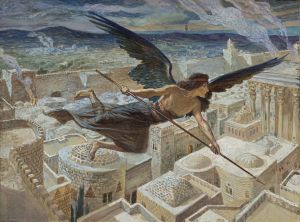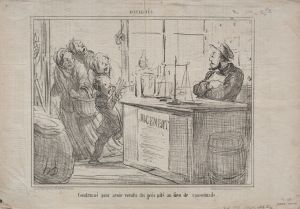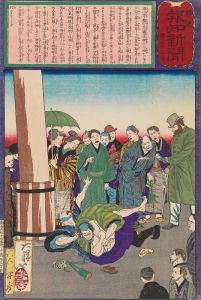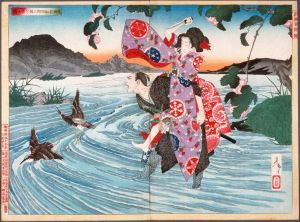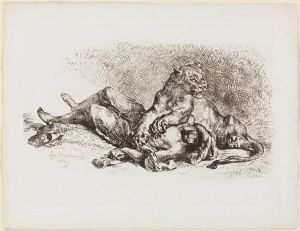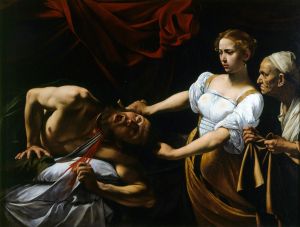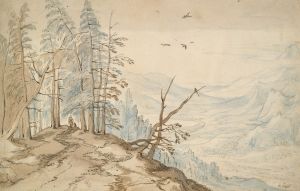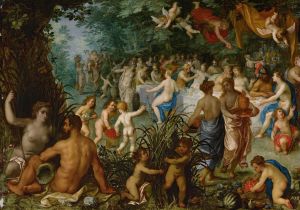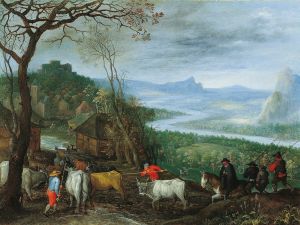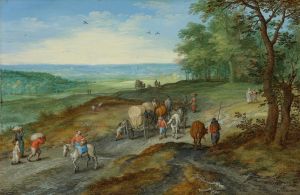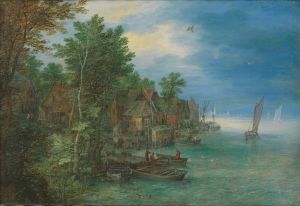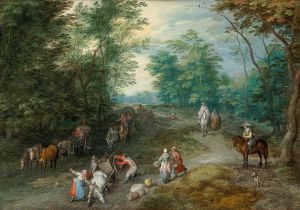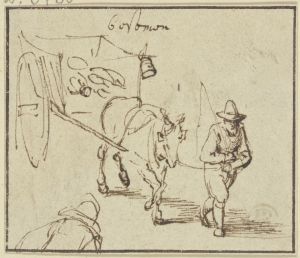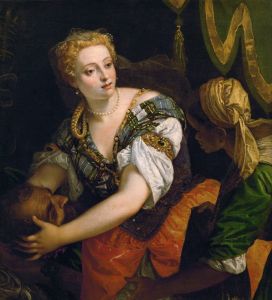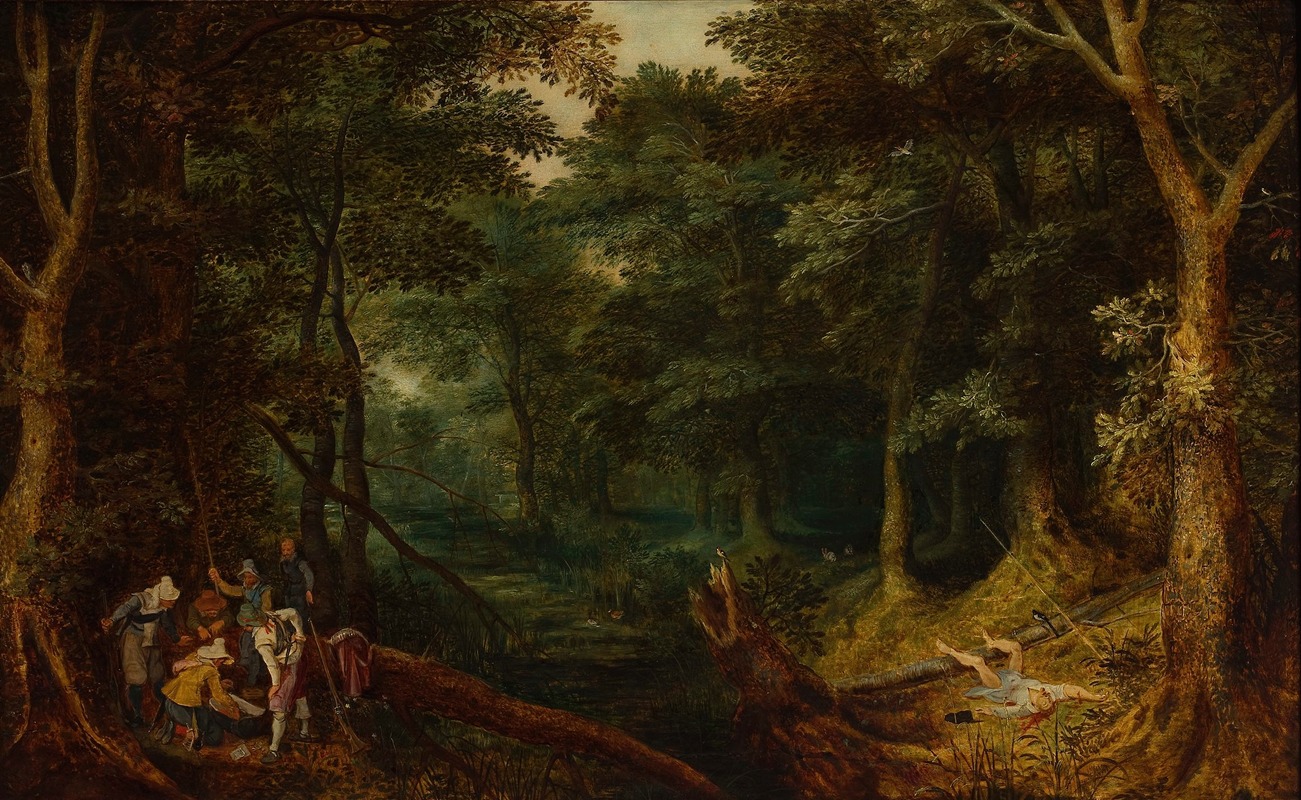
Landscape with robbers dividing the loot
A hand-painted replica of Jan Brueghel The Elder’s masterpiece Landscape with robbers dividing the loot, meticulously crafted by professional artists to capture the true essence of the original. Each piece is created with museum-quality canvas and rare mineral pigments, carefully painted by experienced artists with delicate brushstrokes and rich, layered colors to perfectly recreate the texture of the original artwork. Unlike machine-printed reproductions, this hand-painted version brings the painting to life, infused with the artist’s emotions and skill in every stroke. Whether for personal collection or home decoration, it instantly elevates the artistic atmosphere of any space.
"Landscape with Robbers Dividing the Loot" is a painting attributed to Jan Brueghel the Elder, a prominent Flemish artist of the late 16th and early 17th centuries. Jan Brueghel the Elder, also known as "Velvet Brueghel" due to his refined painting style, was renowned for his detailed landscapes, still lifes, and allegorical works. He was the son of Pieter Bruegel the Elder, one of the most influential painters of the Northern Renaissance.
This painting depicts a wooded landscape where a group of robbers is shown dividing their stolen goods. The scene is characteristic of Brueghel's ability to combine intricate natural details with human activity, creating a narrative within a richly textured environment. The composition features a dense forest setting, with trees, foliage, and a winding path that draws the viewer's eye into the depth of the scene. The figures of the robbers are placed in the foreground, engaged in their illicit activity, while the background opens up to reveal a broader landscape, possibly including distant hills or a village.
Brueghel's landscapes often reflect his fascination with nature and his meticulous attention to detail. He was known for his ability to render textures and light with precision, and this painting is no exception. The interplay of light and shadow in the forested setting adds depth and atmosphere to the work. The figures, though smaller in scale compared to the natural elements, are carefully rendered, emphasizing their gestures and interactions.
The painting is also notable for its moral undertones, a common theme in Brueghel's work. Scenes of robbers or other morally questionable activities were often used to convey lessons or warnings to viewers, reflecting the values and concerns of the time. However, the specific moral or allegorical intent of this painting, if any, is not explicitly documented.
The exact date of the painting's creation is not definitively known, but it is generally attributed to Brueghel's mature period, likely in the early 17th century. The work is executed in oil on panel, a medium frequently used by Brueghel and other Flemish painters of his era. Its current location is not specified in the available historical records.
As with many works from this period, the painting's provenance and history of ownership are not fully documented. However, it remains an example of Jan Brueghel the Elder's skill in combining narrative and naturalistic detail, contributing to his reputation as one of the leading landscape painters of his time.





